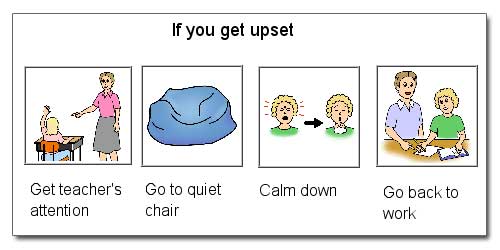Visual Cues
BACKGROUND: Visual cue conditioning is a valuable experimental paradigm to investigate placebo and nocebo effects in pain. However, little attention has been paid to the cues themselves and potential variability of effects (their quantity and quality) stemming from the choice of stimuli. Yet, this seemingly methodological question has important implications for the interpretation of experimental findings in terms of their significance for clinical practice. METHODS: We investigated the effect of heat pain conditioning using different types of visual cues (abstract images, faces and pseudo-words) in a group of 22 healthy volunteers.
Marc Ecko Getting Up Under Pressure Download Queen. We analysed conditioning effects calculated as the difference in pain ratings to heat stimuli of identical temperature preceded by conditioned high or low pain cues with (1) subliminal and supraliminal presentation; and (2) immediately after conditioning and following extinction. Awareness manipulation and test following indirect, observational extinction allowed us to assess the strength and robustness of the conditioning effects induced with different cue types.


RESULTS: We observed no differences in conditioning effect magnitudes between images, faces and words when all stimuli were presented supraliminally. With subliminal presentation, only face stimuli elicited a significant effect; equally only face cue-induced effect withstood extinction. CONCLUSIONS: Our findings indicate that face-related associations to pain might be stronger than those elicited with other visual cues, as face cues seem to induce stronger subliminal effects and withstand mild extinction. Ecuedit Pro Crack. Mx Simulator Race Factory Compound W. SIGNIFICANCE: We compared different types of neutral cues commonly used in conditioning paradigms and found that faces elicited a stronger, more robust nonconscious effect than abstract images or pseudo-words. © 2017 European Pain Federation - EFIC®.
If you're seeing this message, it means we're having trouble loading external resources on our website. If you have a child who is a visual learner, you probably already use visual cues, perhaps unconsciously, to help her learn and remember. Many times, learning a.